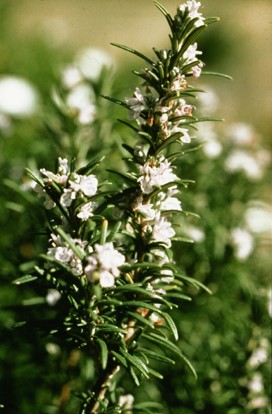
Tropical ulcers may extend rapidly from a tiny initial lesion to a large area of necrosis and associated skin discolouration and lymphodema.
Tropical Ulcers may result from neglected abrasions, scratches or insect bites which then causes deep, hard-to-heal cutaneous ulcers, which are kept open by a variety of bacteria.
By the 5th or 6th day there will be a definite pustule more than 1 cm in diameter. This ruptures and discharges very foul-smelling, blood-stained pus. At this stage the lesion appears superficial, but after rupture it can be seen that the entire skin thickness and subcutaneous tissues are involved.
Beneath the pus there is an irregular, bleeding and granulating surface covered with gray slough. This granulation tissue is raised above the adjacent skin. There is marked edema around the ulcer and in many patients the surrounding skin becomes deeply pigmented; the pigmentation persists for many months even after the ulcer has healed.
How quickly the ulcer spreads depends on the patient's resistance; it is at this stage that the degree of nutrition and general health may be of some importance. There is rapid spread for the first 2 or 3 weeks, then slower spread until the maximum size is reached in about 6 weeks; 15-cm has been recorded but the whole ulcerated area may be much larger.
The majority of acute tropical ulcers involving only the skin and subcutaneous tissues heal rapidly without recurrence, particularly if treated. In the early pustule stage there may be multiple vesicles, the majority of which heal. Usually only one progresses to a large ulcer which may penetrate the deeper fascia and cause more serious damage.
The healing of tropical ulcers involves fighting fire with fire.
The use of styptic substances historically was to dry wounds and seal off blood and other vessels so that a wound healed dry and not moist. I have a blend of Yarrow and Calendula extracts which I recommend are used on open wounds to promote drying and healing from the inside out.
This may be enough to bring the healing back on track. If not I recommend the following:
A tropical remedy to assist in clearing this sort of acute infection is to put the ripe flesh of the Paw Paw (Papaya) on the wound and the super high enzyme activity in the ripening flesh will eat away the topical infection, the wound will appear larger at first and then it will dry out and heal properly.
I recommend you first try the antiseptic styptic drops directly in and around the wound and then if you are having trouble go back to the ripe Papaya first and then to the antiseptic styptic extract once the infected flesh is eaten away.

